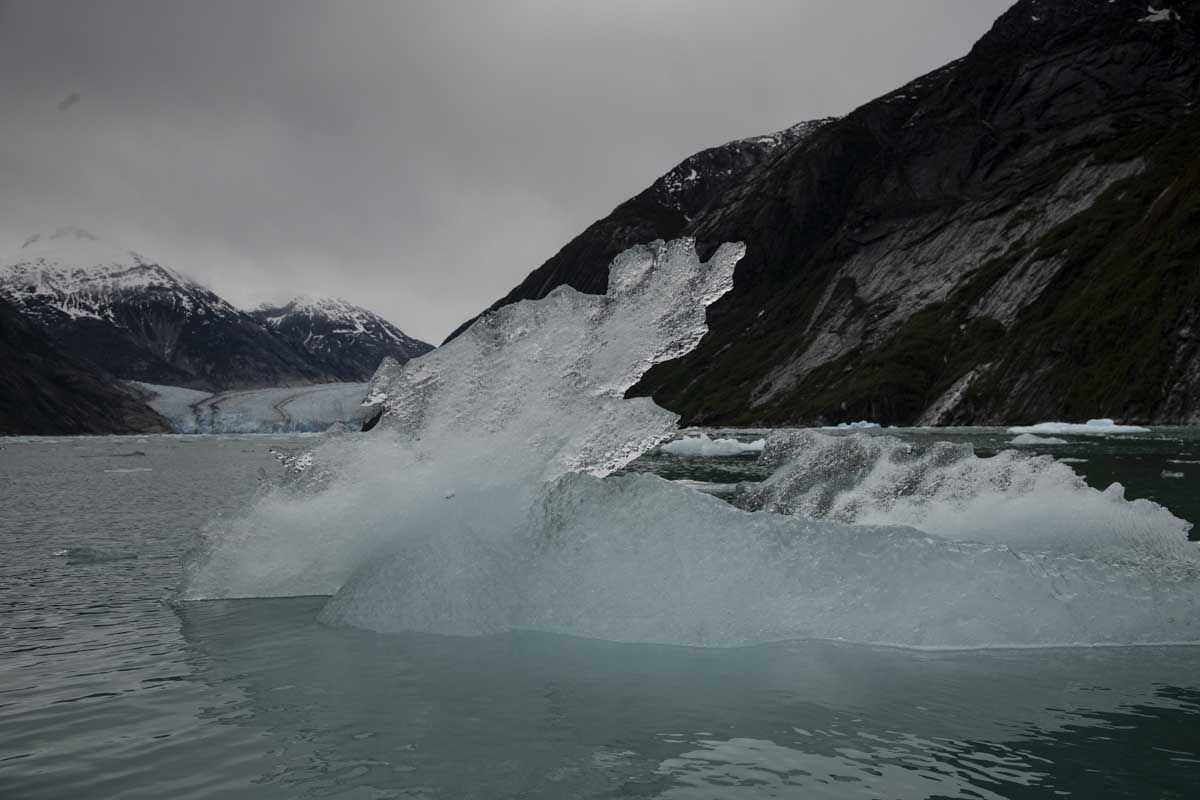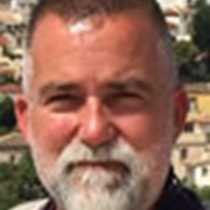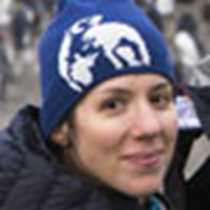By the time most of the guests awoke, the National Geographic Sea Lion was already sailing in the narrow and deeply cut glacial fjord named Endicott Arm. As we sailed in, the established forests of spruce and hemlock gradually gave way to much younger vegetation after the glaciers had receded. Gigantic U-shaped valleys appeared on both sides of the main fjord, betraying that once massive tributary glaciers had joined the main river of ice that ground out this spectacular passage. From certain vantage points, we could catch views of the hanging glaciers that had receded nearly up to the ice fields while their meltwater streams gushed down the valleys of moraine and new alder forests.
The ship proceeded far up the fjord until the density of icebergs and bergy bits halted further progress. From a distance of 4 nautical miles from the face of the Dawes Glacier, we launched expedition landing crafts for two rounds of cruising. The size of the glacier from the perspective of the ship made it seem that the icy façade was much closer. However, once we continued toward the glacier in our sturdy ice-going rubber craft, the Sea Lion quickly shrank to a distant speck, and the scale of the surrounding landscape became apparent. We cruised past expanses of recently exposed rock face left by the receding glacial ice and stopped to view a myriad of streams, gushing cascades and waterfalls from above.
Every now and then, loud and low booms came from the direction of the glacier, reminding us to keep a long safe distance in case of large calvings and other hazards of the hard, dense glacial ice. We admired and photographed the distinct and unforgettable blue color of the ice, that seemed at times to glow from within the beautifully sculpted icebergs. Along the way, numerous small heads would appear above the water, curious harbor seals, and a few guests spied the elusive harbor porpoise as well. A chilling breeze blew down off the glacier. At an unexpected moment, a boat of marauding Vikings appeared, or were they pirates? or perhaps Pirate Vikings? This was the motley crew of the National Geographic Sea Lion’s “Cocoa Boat,” speeding through the icy waters to bring needed hot chocolate with whipped cream to the chilled Lindblad National Geographic guests.
In the afternoon, we sailed for Juneau, our final port of the program. It was with a bittersweet sense that guests returned the rented rubber boots to staff that had enabled so many adventures of the preceding days. In the evening, we enjoyed the warm company of new friends and fellow travelers at the farewell cocktail and dinner. Another truly memorable day.









